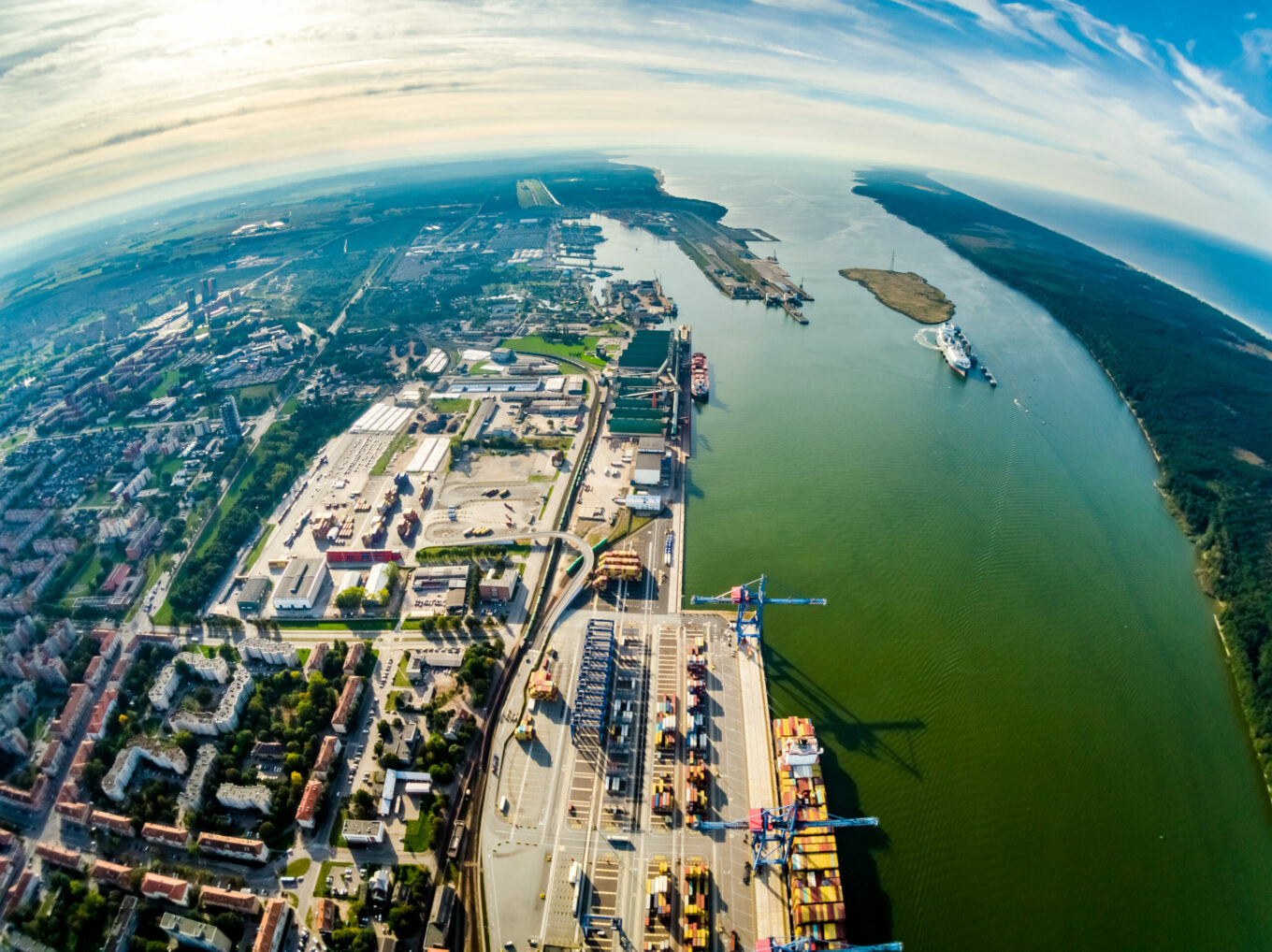Lithuanian Port Takes a Step Towards Green Hydrogen Production

The first green hydrogen production and refuelling stations project in Klaipėda port and Lithuania is underway for implementation.
Specialists have lit the green light for environmentally friendly fuel production
All environmental impact assessment procedures for the planned activities have been completed. Specialists from the Environmental Protection Agency (EPA) have lit the green light to produce this environmentally friendly fuel in the Klaipėda Port.
The design of the site and the procurement of equipment are currently underway. Preparation of the hydrogen production facility is expected to start later this year.
“The Klaipėda Port was the first in Lithuania to implement a hydrogen project. It is always difficult to be the first, but we are confident in the success of this project, which is, first and foremost, very important for the Klaipėda Port itself.
The Port Authority’s fleet will be replenished by a hydrogen-powered vessel in a couple of years, and port companies are also planning to replace their equipment with hydrogen-powered ones. I do not doubt that the implementation of the project will accelerate the transformation of land transport as well”, says Algis Latakas, Director General of Klaipėda Port Authority.
The Environmental Impact Assessment analysed two potential sites in the Port for the planned development of green fuel (hydrogen) production and refuelling stations – the former Klaipėda Port Vessel Traffic Service area (Nemuno g. 8A, Klaipėda) and the Port Authority’s Fleet Base (Nemuno g. 40, Klaipėda). It also analysed the impact of these activities on the natural, living and social environment.
The Klaipėda Port will follow examples from across all of Europe
The Environmental Protection Agency, having assessed the findings of all involved companies, has decided that the site at Nemuno g. 40 is a more suitable location for this activity. It will have a hydrogen production base and a refuelling system for the vehicles.
It is planned to produce around 500 kilograms of hydrogen per day here, and for the territory to be 150 metres or more from the nearest residential area. The Environmental Protection Agency concludes that this distance is perfectly safe.
“The Klaipėda Port will not be unique, producing hydrogen in an industrial area close to residential buildings. For example, our Latvian neighbours have a hydrogen production just 100 metres from the population, and a street separates one of Germany’s hydrogen production centres and a vocational training centre.
In Japan, hydrogen refuelling points are surrounded by residential skyscrapers. There are many more such examples, with around 200 hydrogen refuelling stations operating in Europe alone,” says A. Latakas, head of the Port Authority.
In Port, electrolysis will produce green hydrogen using a polymer electrolyte membrane (PEM) type electrolyser or equivalent. The hydrogen plant will be installed in a standard 40-foot sea container. The planned electricity demand for the hydrogen production equipment in the Port is 3 MW.
Byline: Reinis Alksnājs

